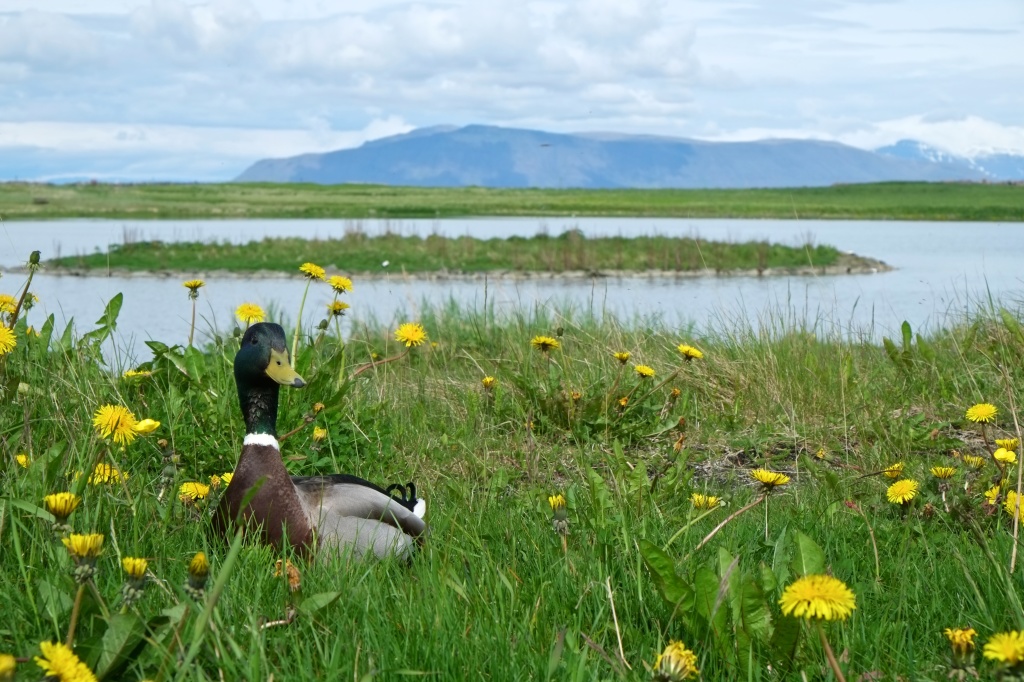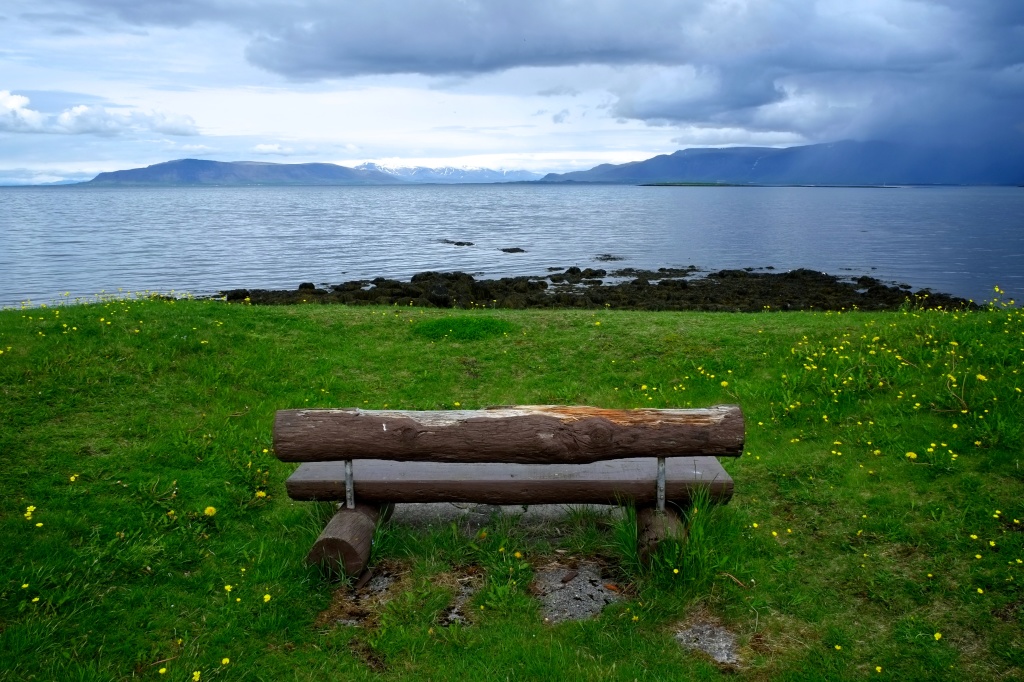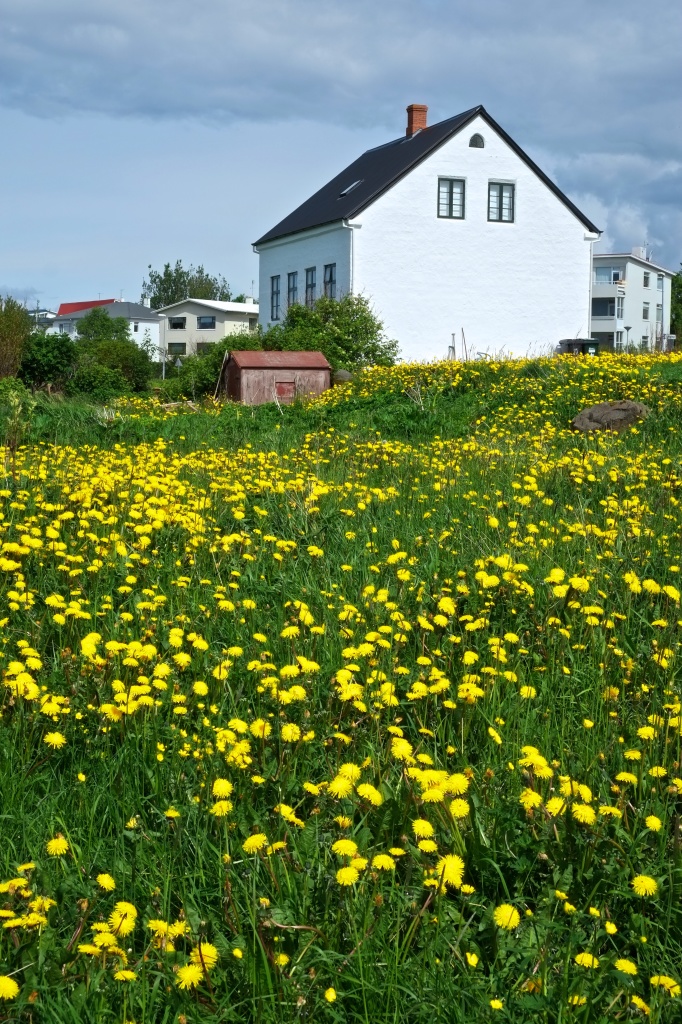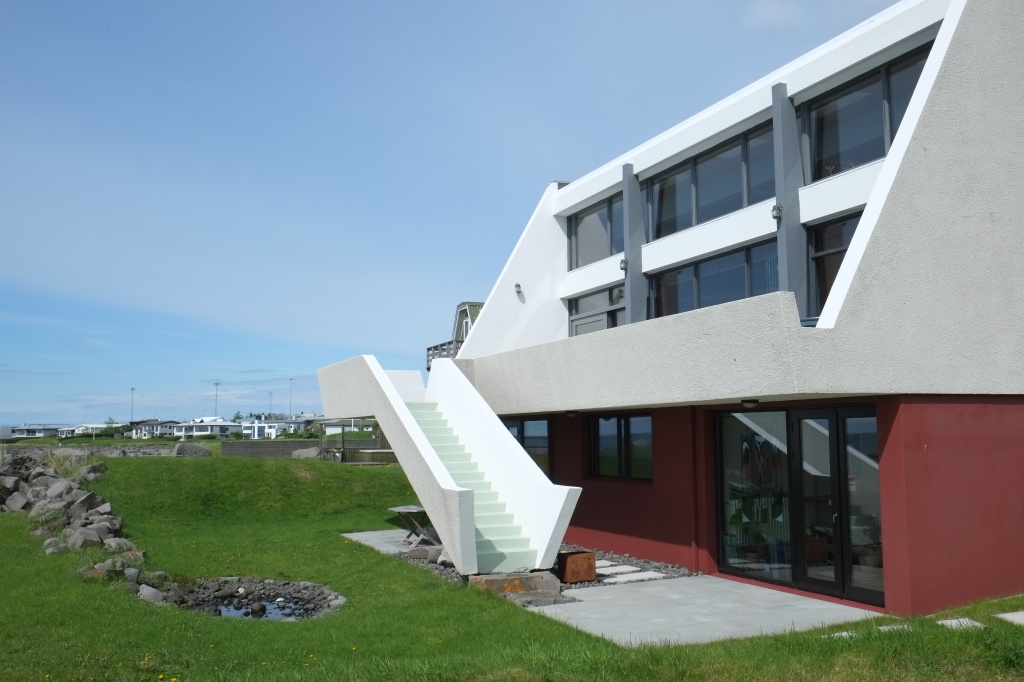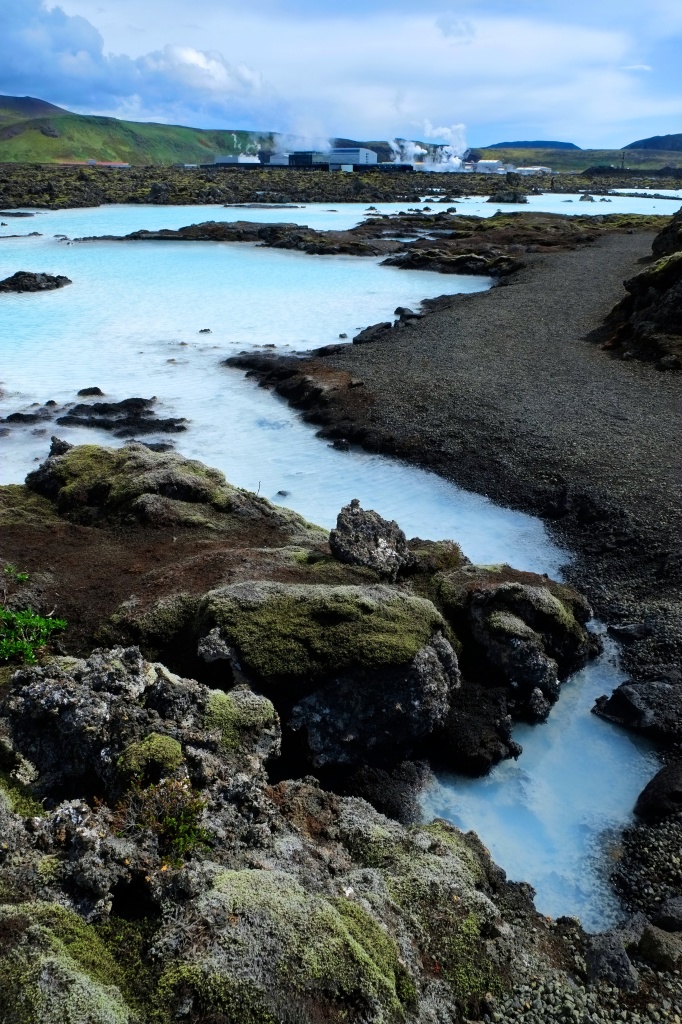I visited Reykjavik (pronounced “RAKE-ya-veek”, rolling the “r” slightly), the capital of Iceland back in May of this year as a result of winning the Glazed Hackathon in 2013. Unfortunately, I did not have too much time to see as much of the rest of the country as I had hoped, due to time constraints with work. However, the memories of Reykjavik’s small-town feel, quaint shops, and kind people endure to this day.
The city is surrounded on all sides by either water or mountains. I had flown in during a pretty heavy multi-day downpour, but after the rain and clouds lifted, I decided to rent a bike and ride the perimeter of the city. It’s entirely possible to ride your bike around the city whilst stopping at cafes, shops, and anything else that might be of interest to you within the span of a day. However, just because the bike ride is short doesn’t mean it’s not worth it. I highly recommend renting a bike for a day at least; you’ll be able to take in the full beauty of the city and the surrounding landscape better than attempting to do the same in a car or taxi.
One of the things that struck me was just how calm and relaxed life in the city seemed. It really did feel like a very warm, welcoming small town. People often said “hello” and smiled at me as I rode around the many neighborhoods on my bike. Reykjavik is one of the safest cities in the world, and many of the locals have no problems with letting their kids run free by themselves all day. In the US, doing the same thing could get you arrested. Riding around the city, I saw children playing by themselves in the fields, adults shopping downtown or on their way to work, and I felt the calm, peaceful ocean breeze everywhere I went.
All over the city, bright yellow sunflowers grow between the lush green grass. Between the plethora of modern-style houses, some older buildings dot the landscape. Although the city was established around the 9th century C.E., much of the growth of Reykjavik occurred during the economic acceleration in the past three decades. Thus, excluding the historic downtown section, most of the houses in outer parts of the city are actually relatively new construction projects.
Iceland is rich in tradition and culture, and the Icelandic people prominently display their Viking heritage. From a very young age, the children of Iceland are all taught Icelandic songs and culture. All throughout their lives, they sing these folk songs at events, gatherings, and more, which leads to a greater sense of community. Almost all Icelandic children learn both English and Icelandic, and the interest in American culture seems to be quite high.
In terms of American culture, there seems to be a small-but-growing startup scene in Reykjavik. I attended the Startup Iceland conference while I was visiting the country, and the overall feeling was generally one of enthusiasm. However, the startup culture was much different from what we see in the Silicon Valley.
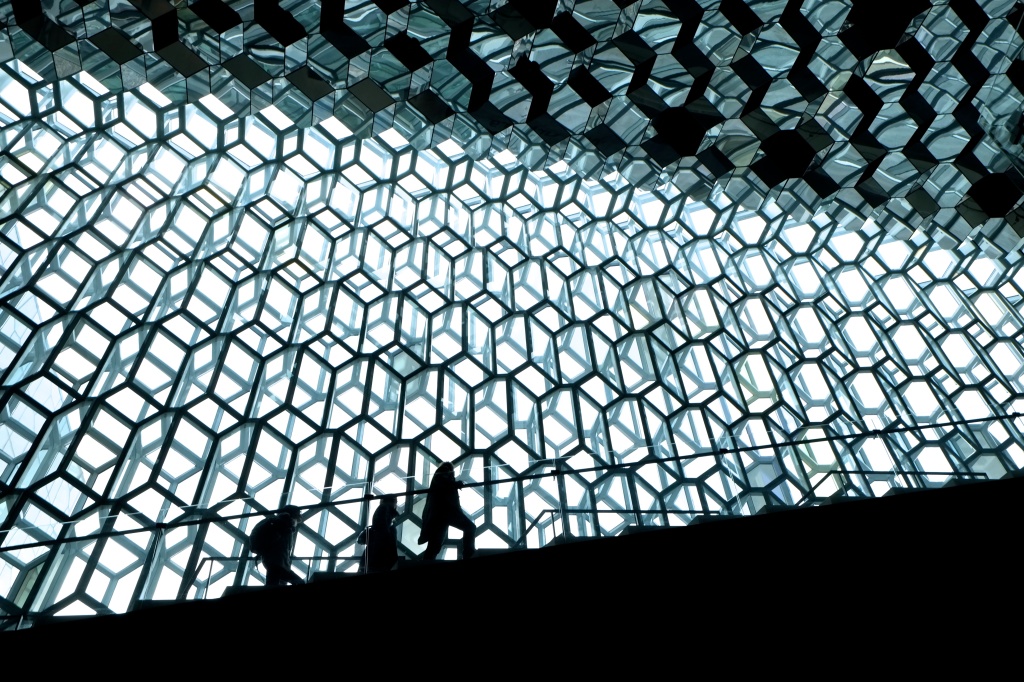
In Reykjavik, I had a chat with Bre Pettis, the co-founder and former CEO of the 3D printer company Makerbot, who happened to be attending the Startup Iceland conference as well, and I asked him about some of the differences he sees between Icelandic and American startups. One thing he told me really stuck out in my mind: he said that when he would talk to American startups, they would ask him very directly to invest money into their startup. In Iceland, not a single startup had asked him for money. Everyone pitched their ideas. No one asked for investment.
